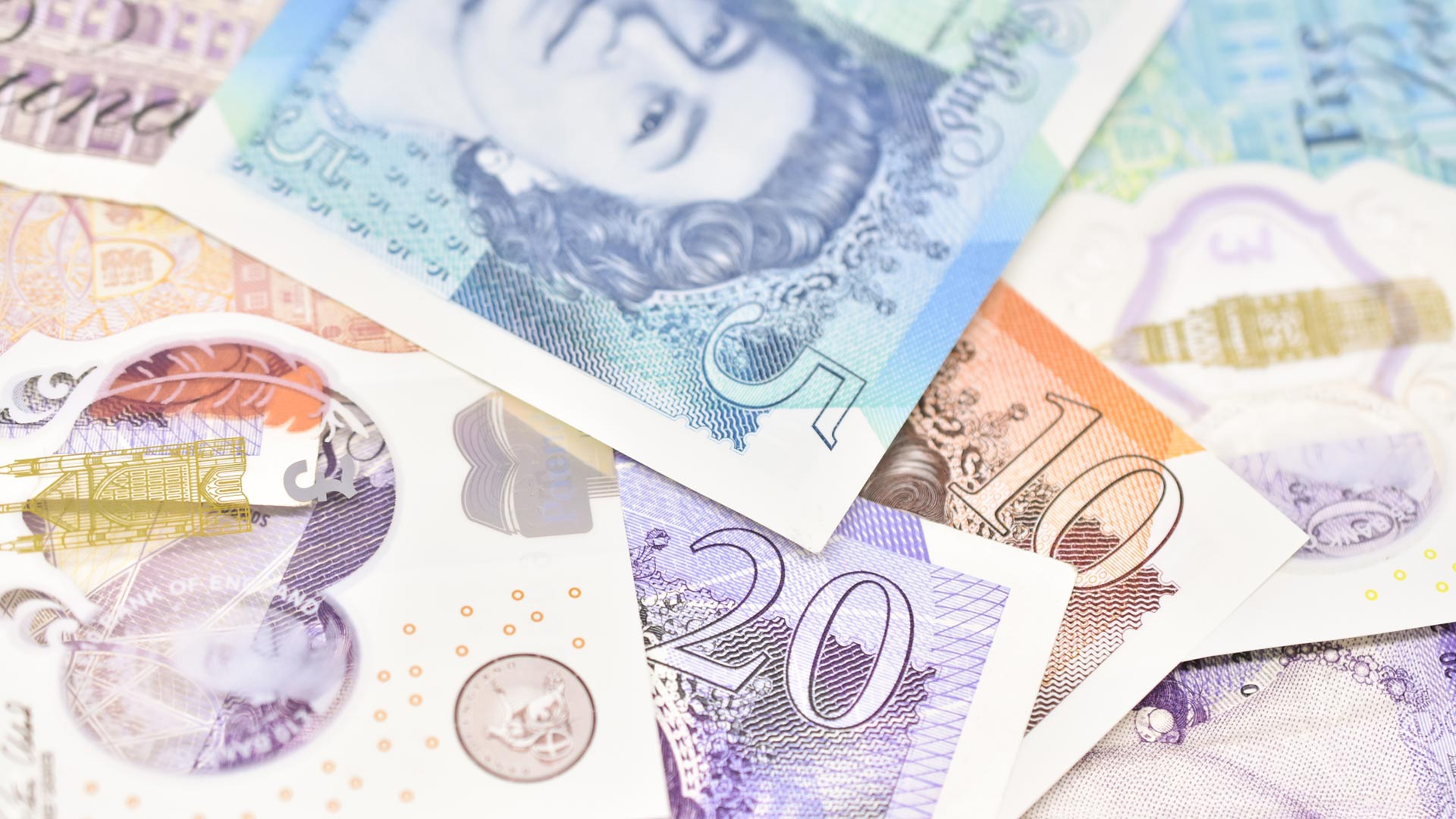Following the death of Queen Elizabeth II, many changes will occur in the new era of King Charles III. This includes the issuing of new banknotes and coins around the world, which – as tradition dictates – will have the King’s portrait facing in the opposite direction to the previous monarch.

The death of Queen Elizabeth II was a historic moment, bringing one era to an end and immediately ushering in a new monarch, with King Charles III officially proclaimed King on Saturday 10th September.
As Britain’s longest-reigning monarch, the Queen was ever present, not only in the length of her reign, but also because of the numerous symbols that represented it. Insignias, emblems, flags and stamps all carry her image and will need to be updated. Under the Carolean era (taken from the Latin for Charles, Carolus), banknotes and coins will also change, a logistical task that points to the ever presence of cash, and the complexities of physically managing its circulation.
In the United Kingdom alone, the Queen’s image appears on approximately 4.5bn notes that have been issued by the Bank of England and are worth approximately £8bn. And that’s just the sterling notes. Her image has also been a constant presence on the money in numerous other countries, including Australia, New Zealand, Canada, Belize and the Eastern Caribbean Central Bank, the monetary authority for Anguilla, Antigua and Barbuda, Commonwealth of Dominica, Grenada, Montserrat, St Kitts and Nevis, St Lucia, and St Vincent and the Grenadines.
In the UK, the Elizabethan coins and banknotes are expected to be phased out over many years. And it may also take a while to see the first coins or notes with King Charles III on them. The first coin bearing the Queen’s image was issued in 1953, a year after her coronation, and the first note was not issued until 1960.
Anne Jessopp, Chief Executive Officer at The Royal Mint noted that during her reign, the Queen had five coin portraits, each of which she personally gave her approval to. “The remarkable legacy of Britain’s longest serving monarch will live on for many years to come,” Jessopp said. The Royal Mint announced in a statement that it will continue to strike coins as usual.
Bank of England Governor Andrew Bailey said, “As the first monarch to feature on Bank of England banknotes, the Queen’s iconic portraits are synonymous with some of the most important work we do. Current banknotes featuring the image of Her Majesty The Queen will continue to be legal tender. A further announcement regarding existing Bank of England banknotes will be made once the period of mourning has been observed.”
Queen Elizabeth’s portrait on the coins was always looking right, and King Charles will face the other way. This is part of a tradition that dates back to 1660 where the monarchs alternate the direction they face on the coins. Only Edward VIII broke this tradition, but he abdicated before his coins were issued.
Around the world, other countries are considering what the new monarch means for their physical currency. In Australia, the monarch has traditionally featured on the lowest denomination note – the AU$5 bill – and the central bank has stated that these notes will also remain in circulation and not be withdrawn. It is expected that Australia will release a new AU$5 note and coins in 2023. In New Zealand, the Elizabethan money will also continue to circulate and a new NZ$20 is expected to be released in the coming years.
And in Canada, where the Queen features on the CA$20 note and coins, a spokesperson for the central bank said the country has no plans to change its money. “The current polymer CA$20 banknote is intended to circulate for years to come,” the spokesperson was quoted as saying, adding, “There is no legislative requirement to change the design within a prescribed period when the monarch changes.”